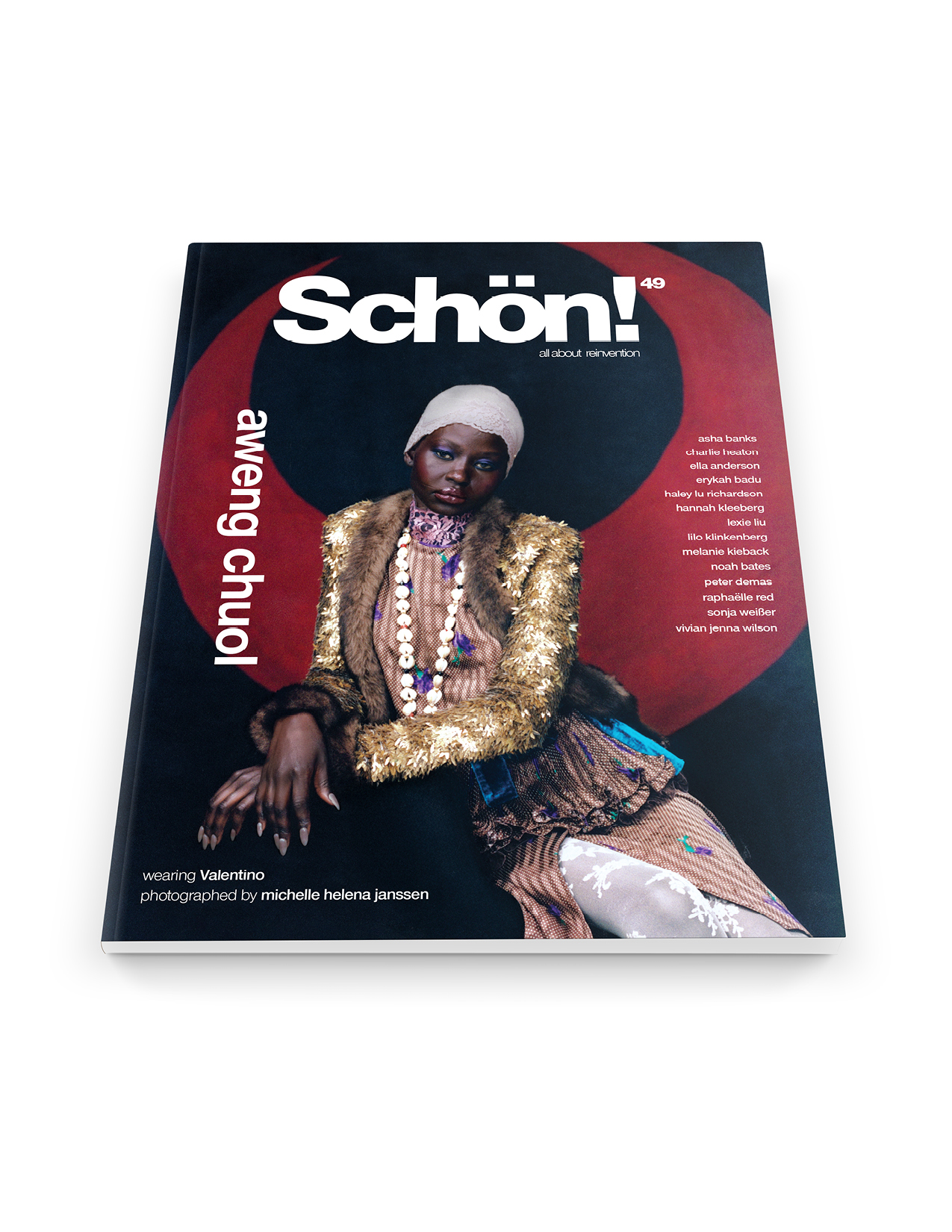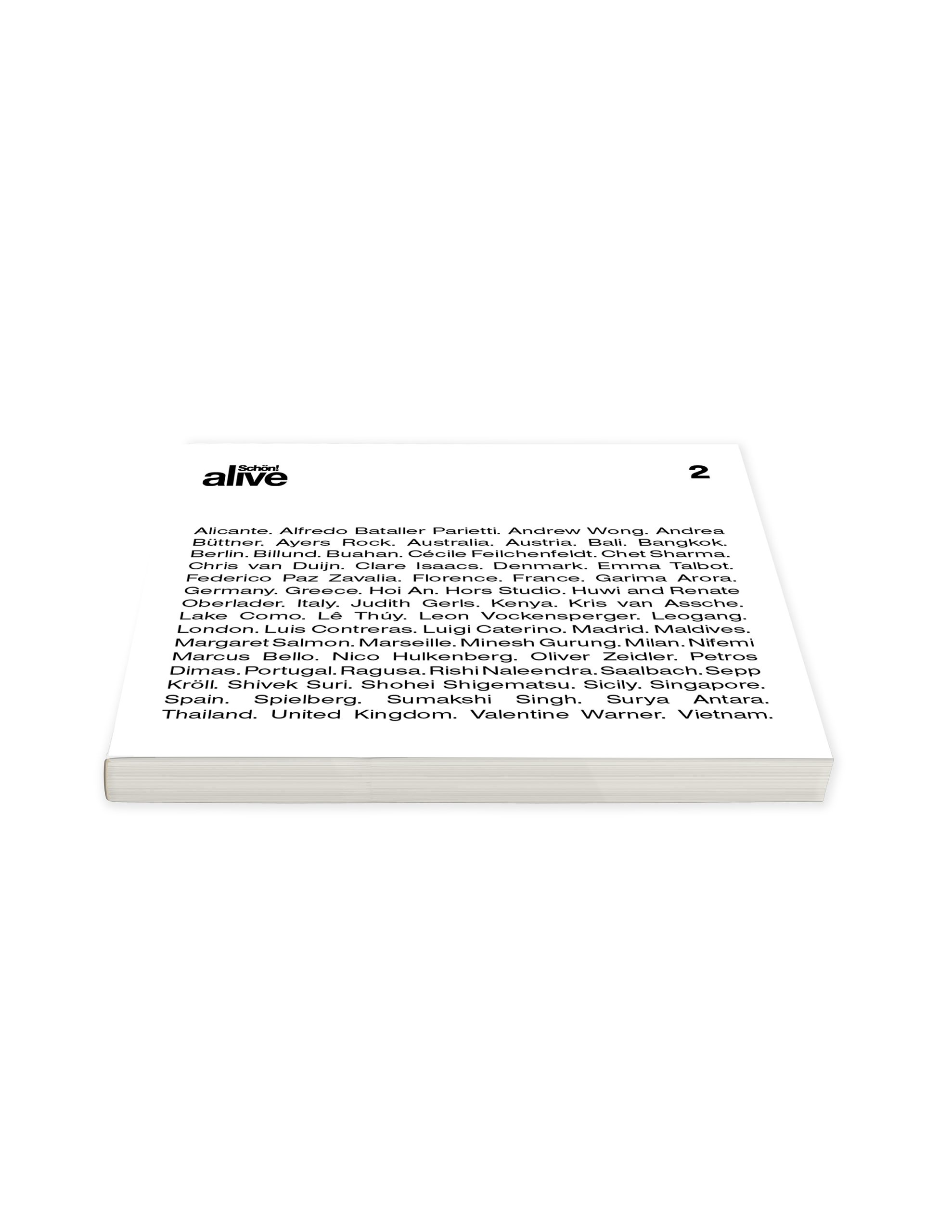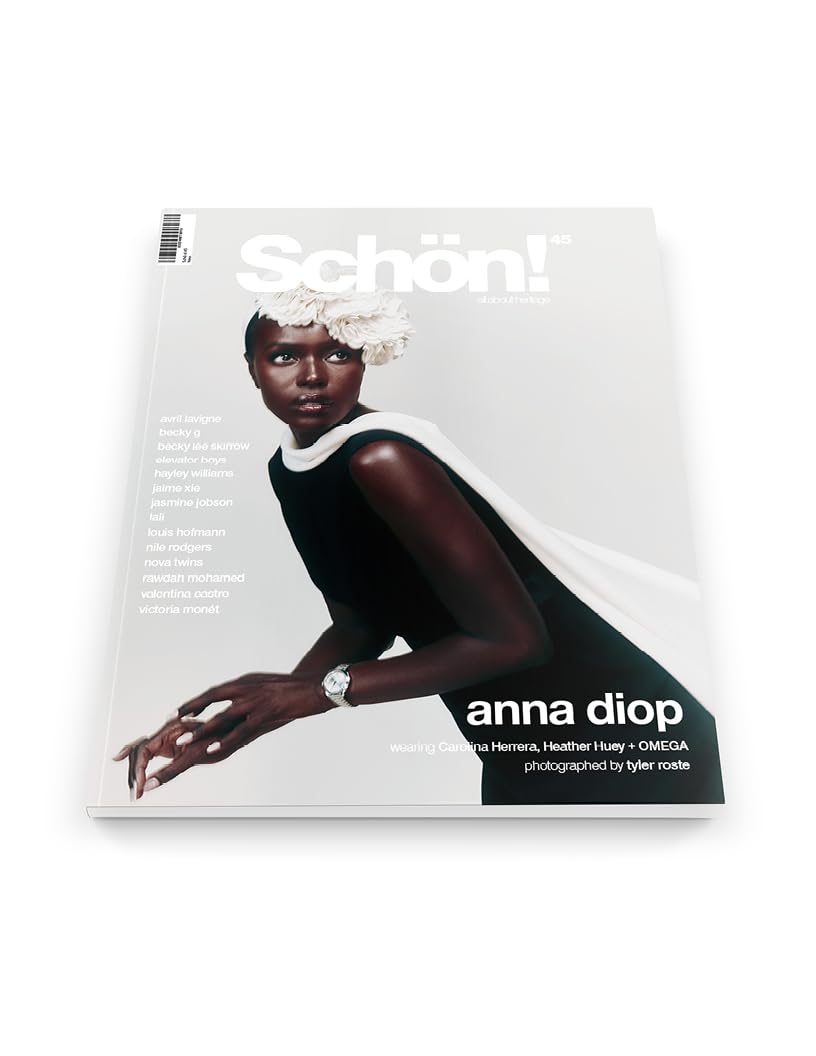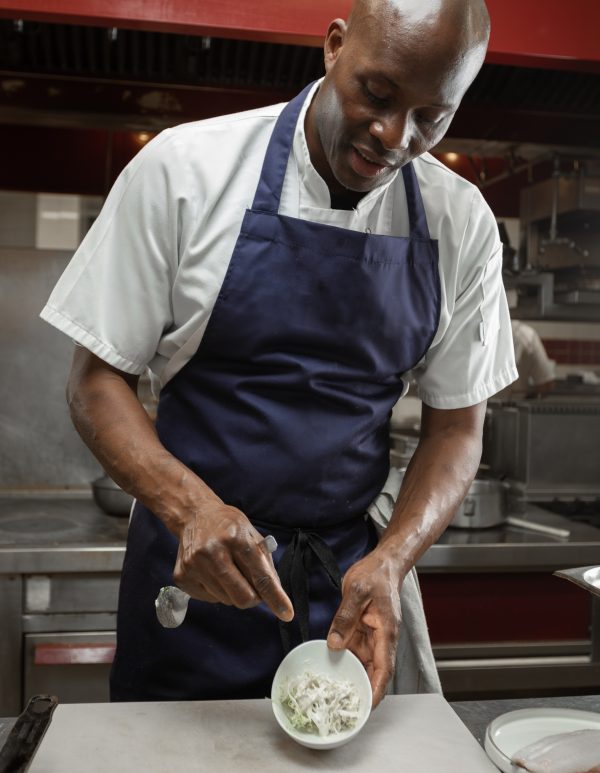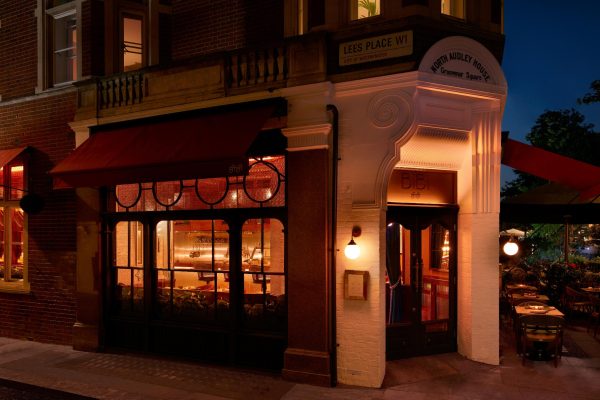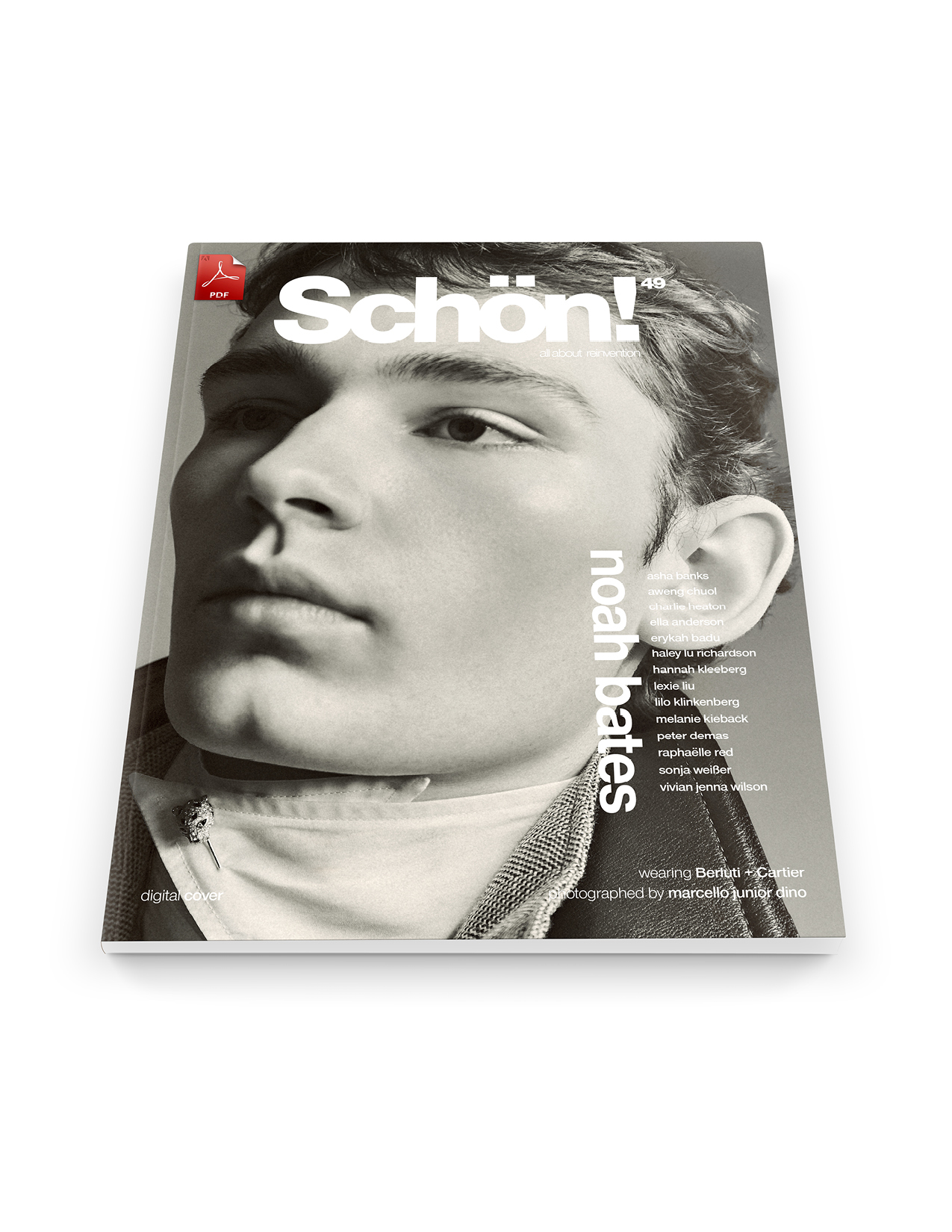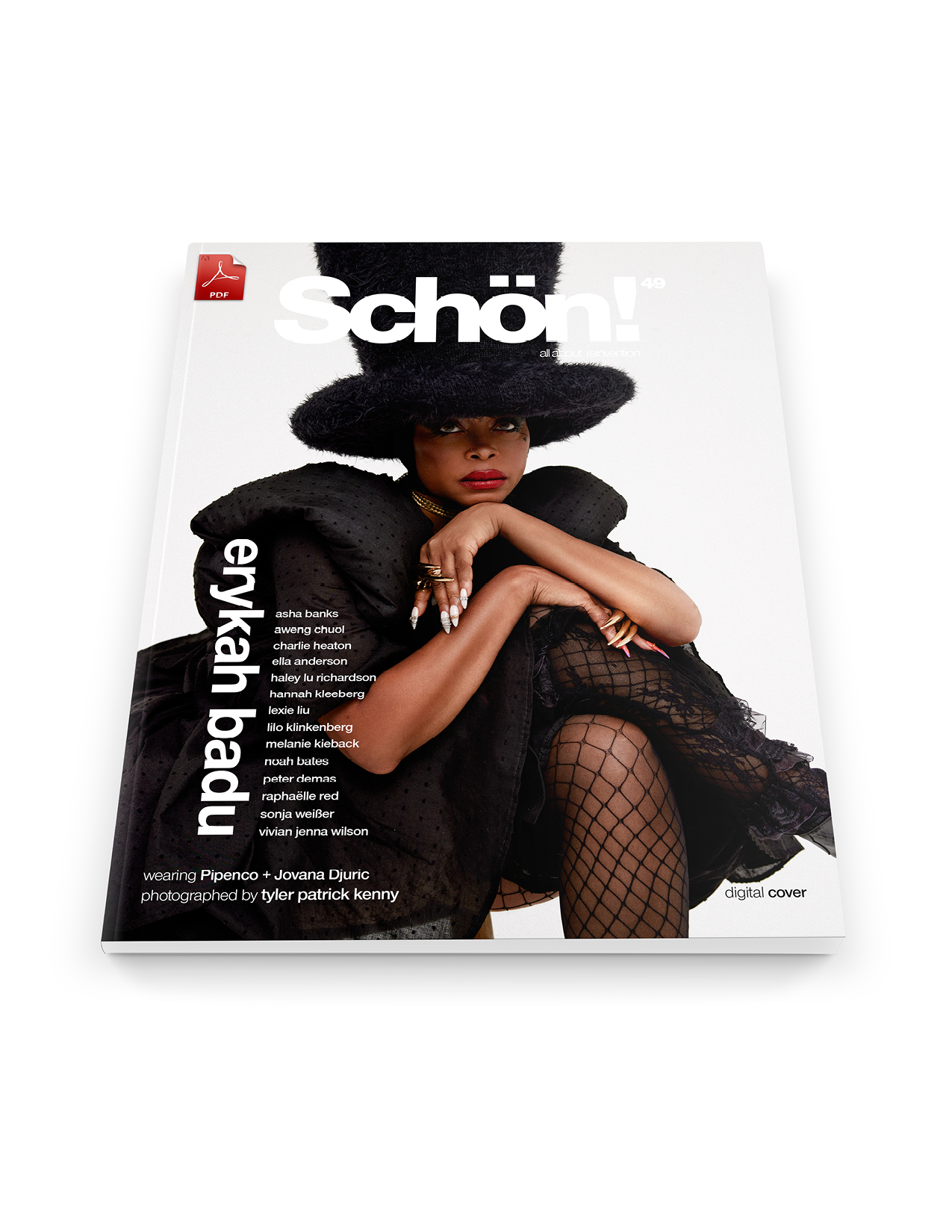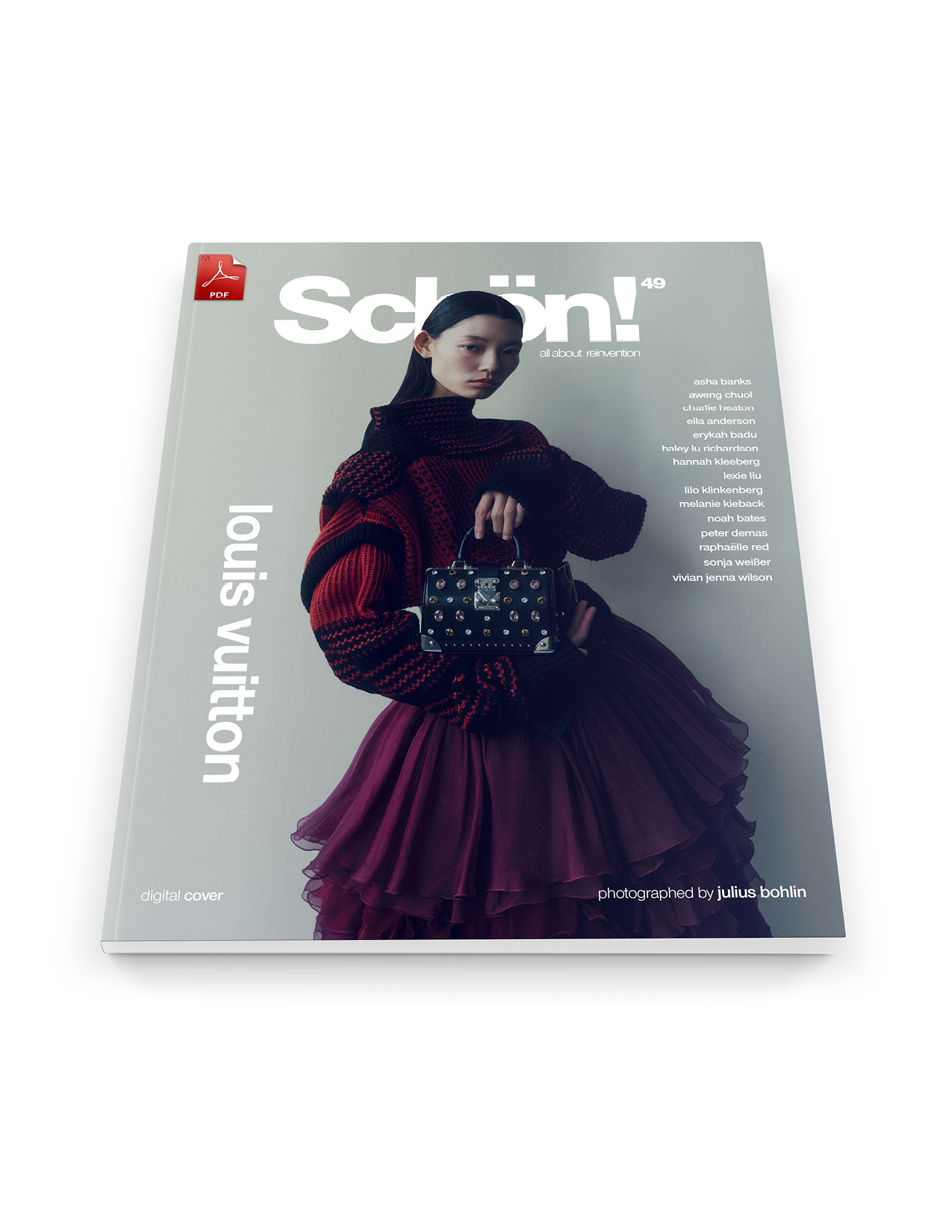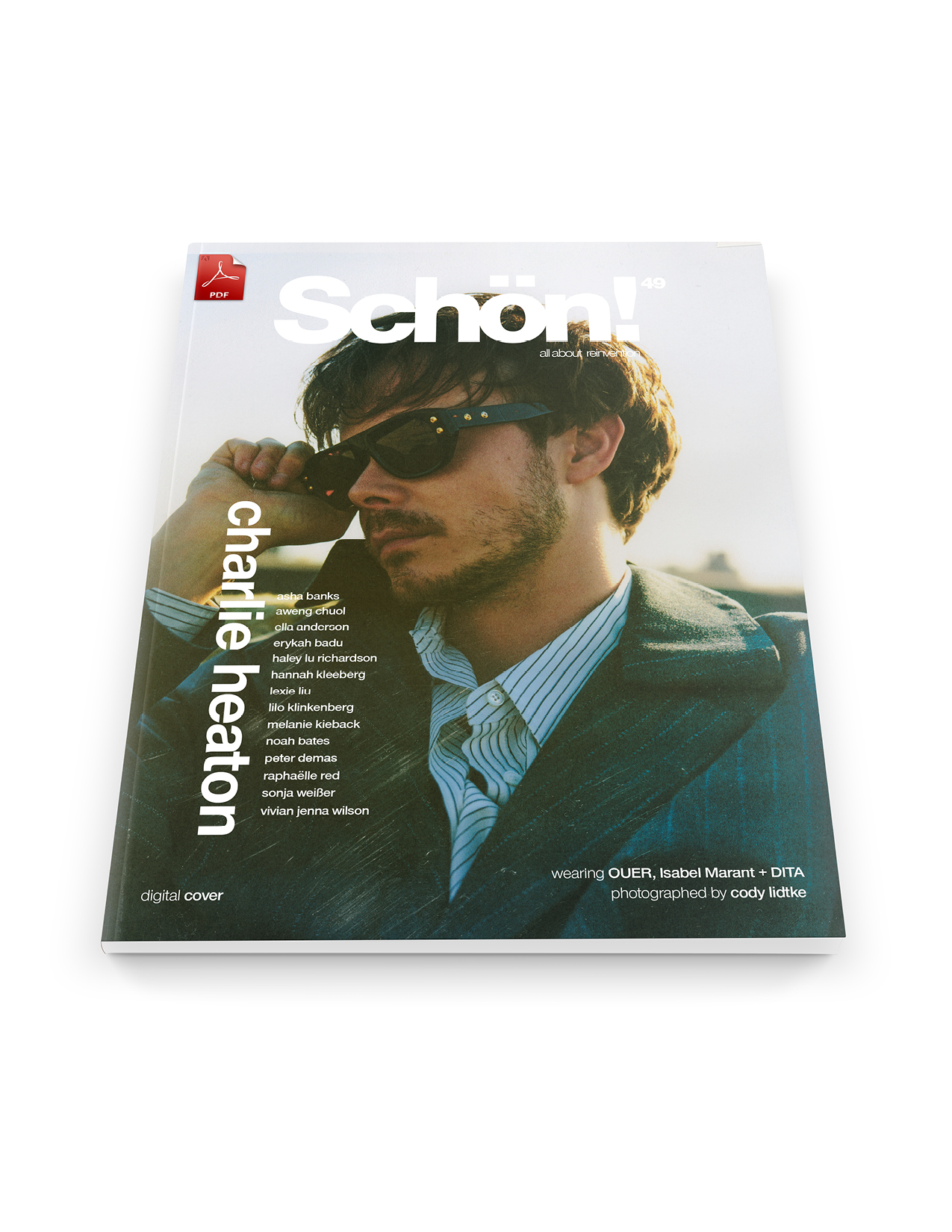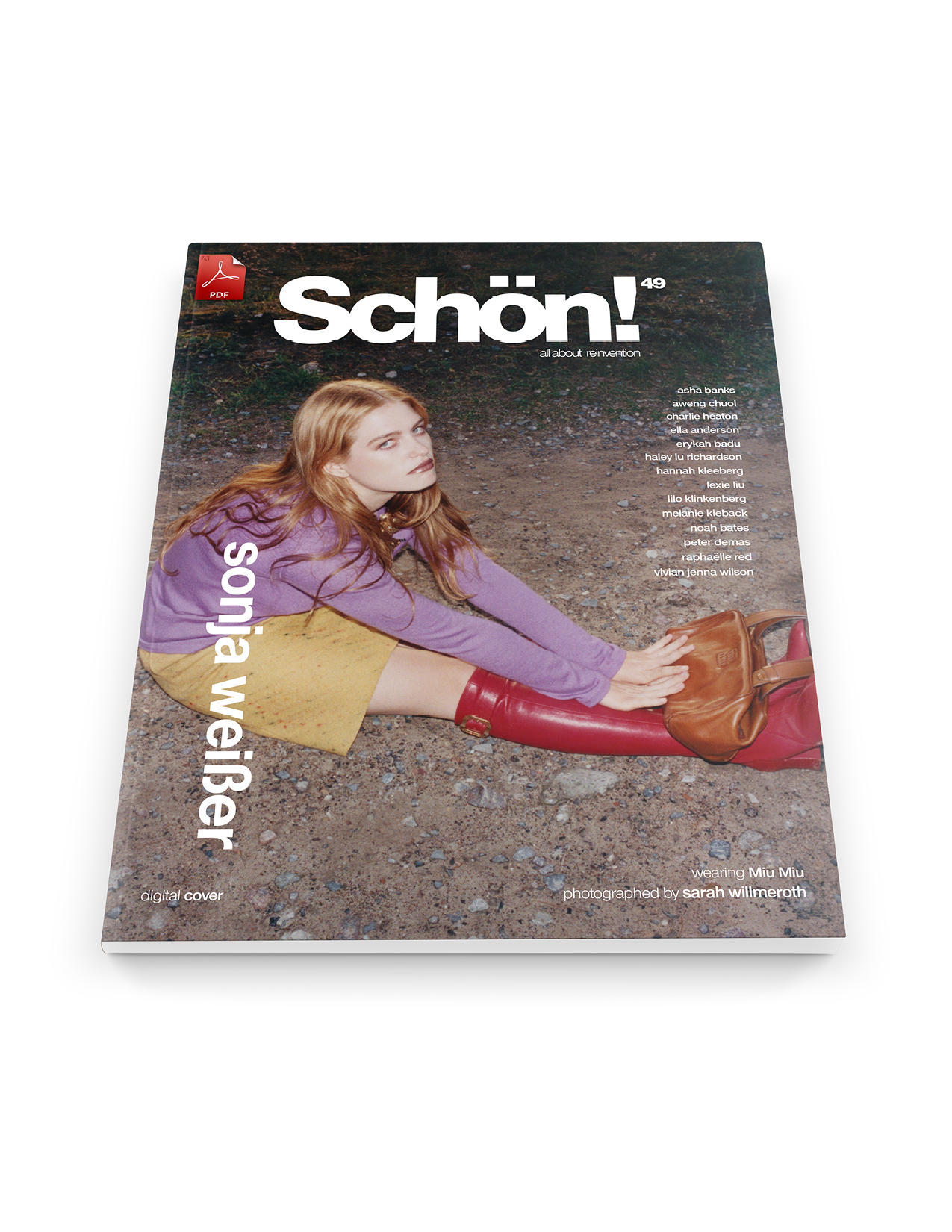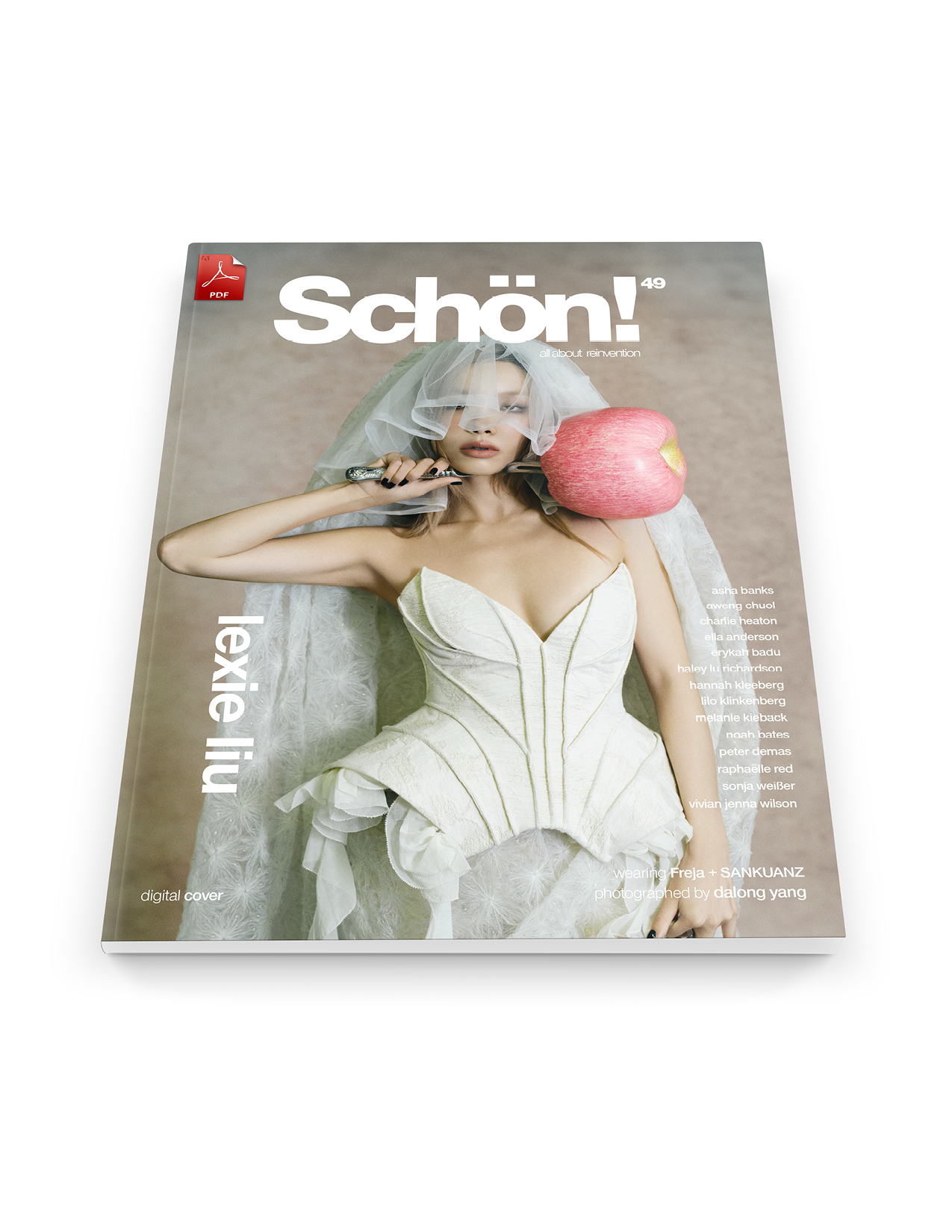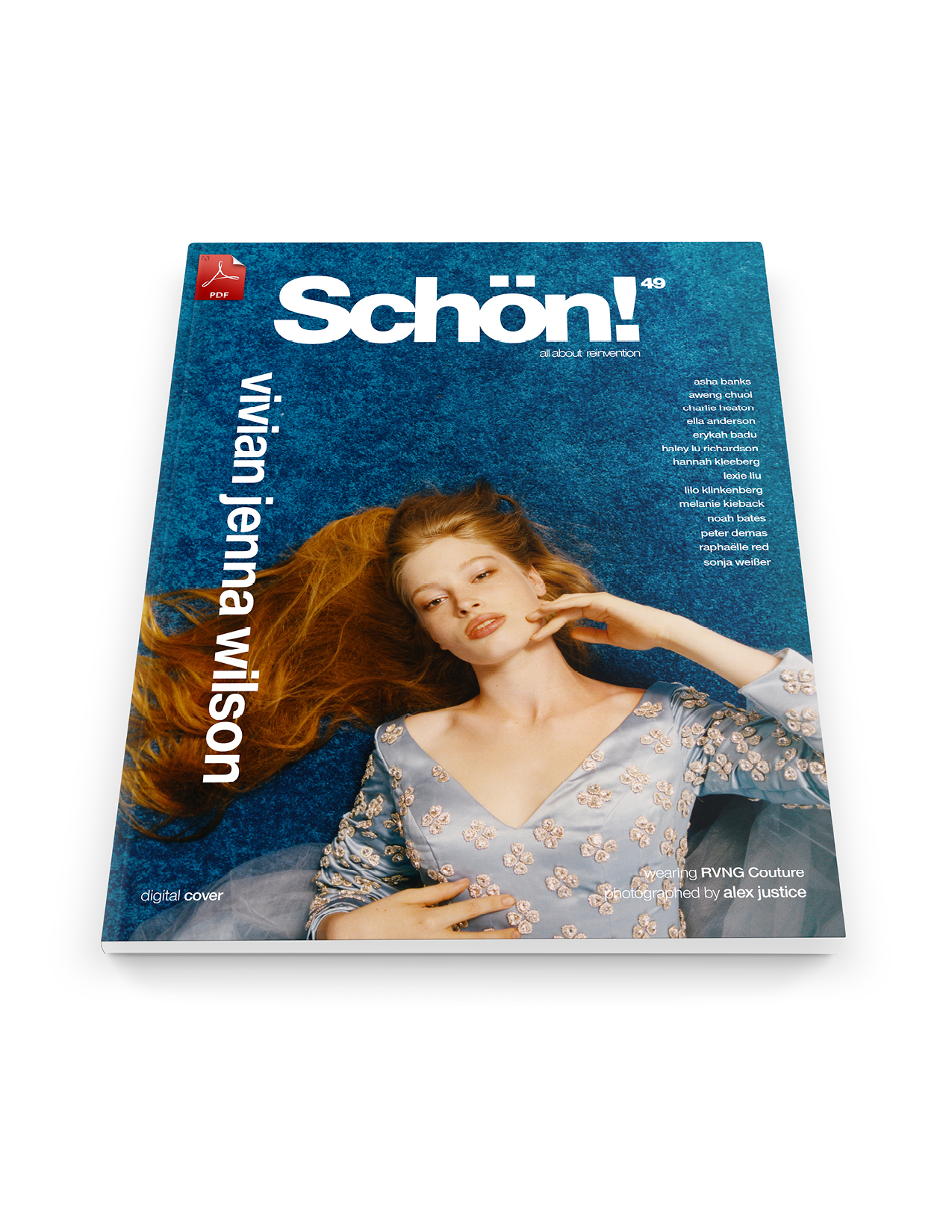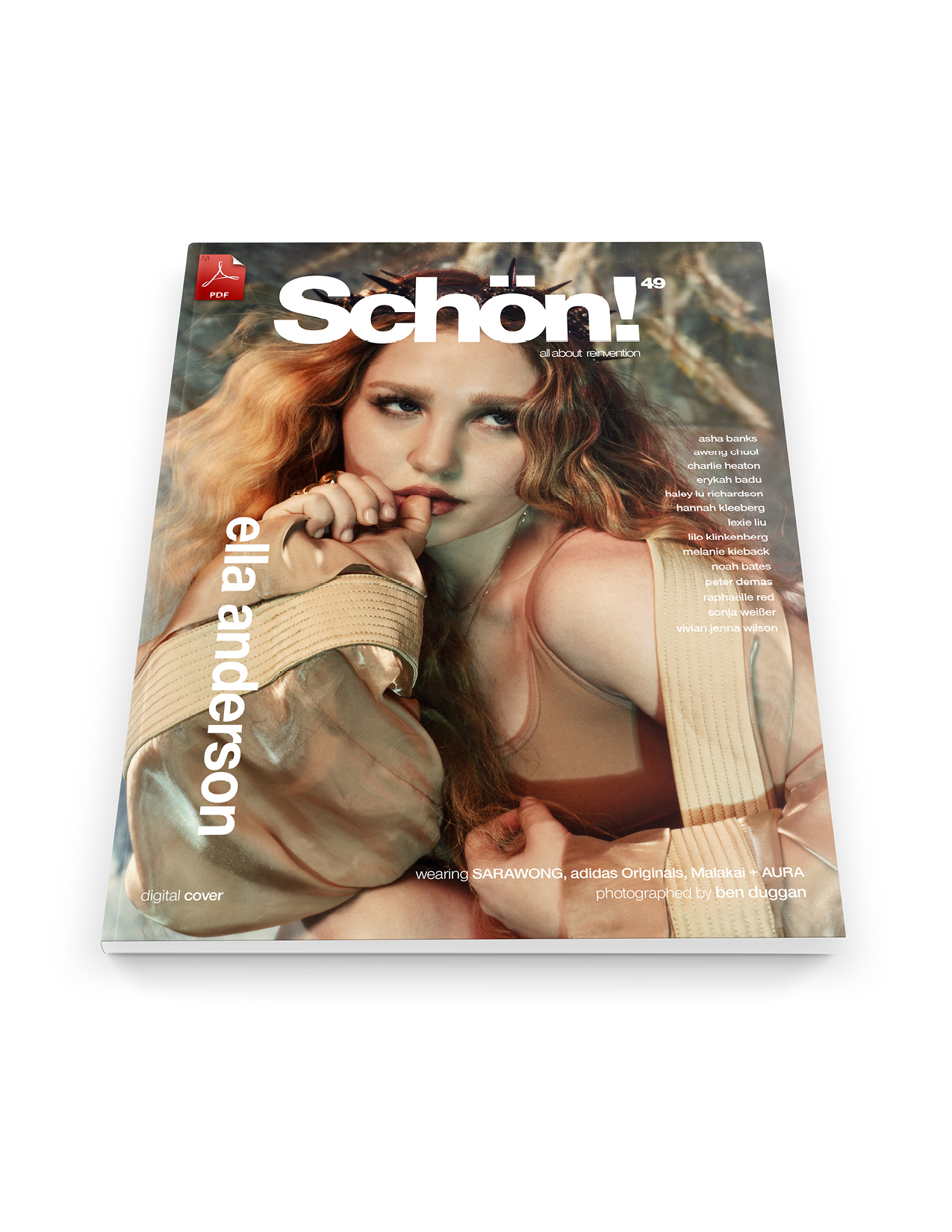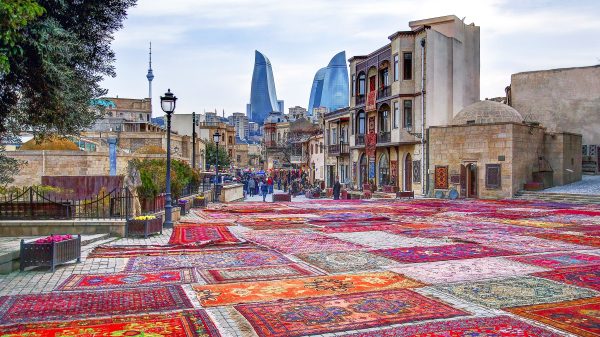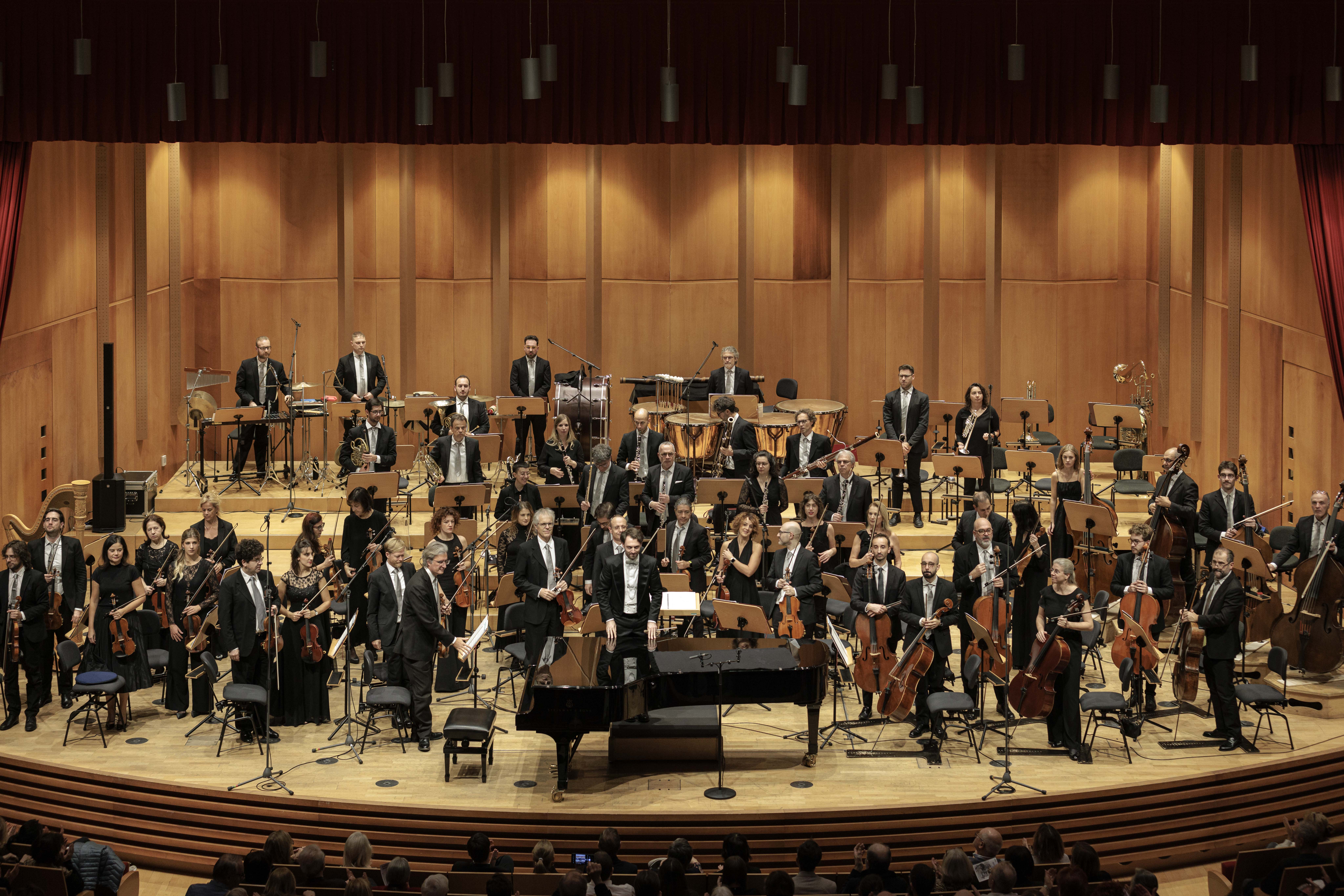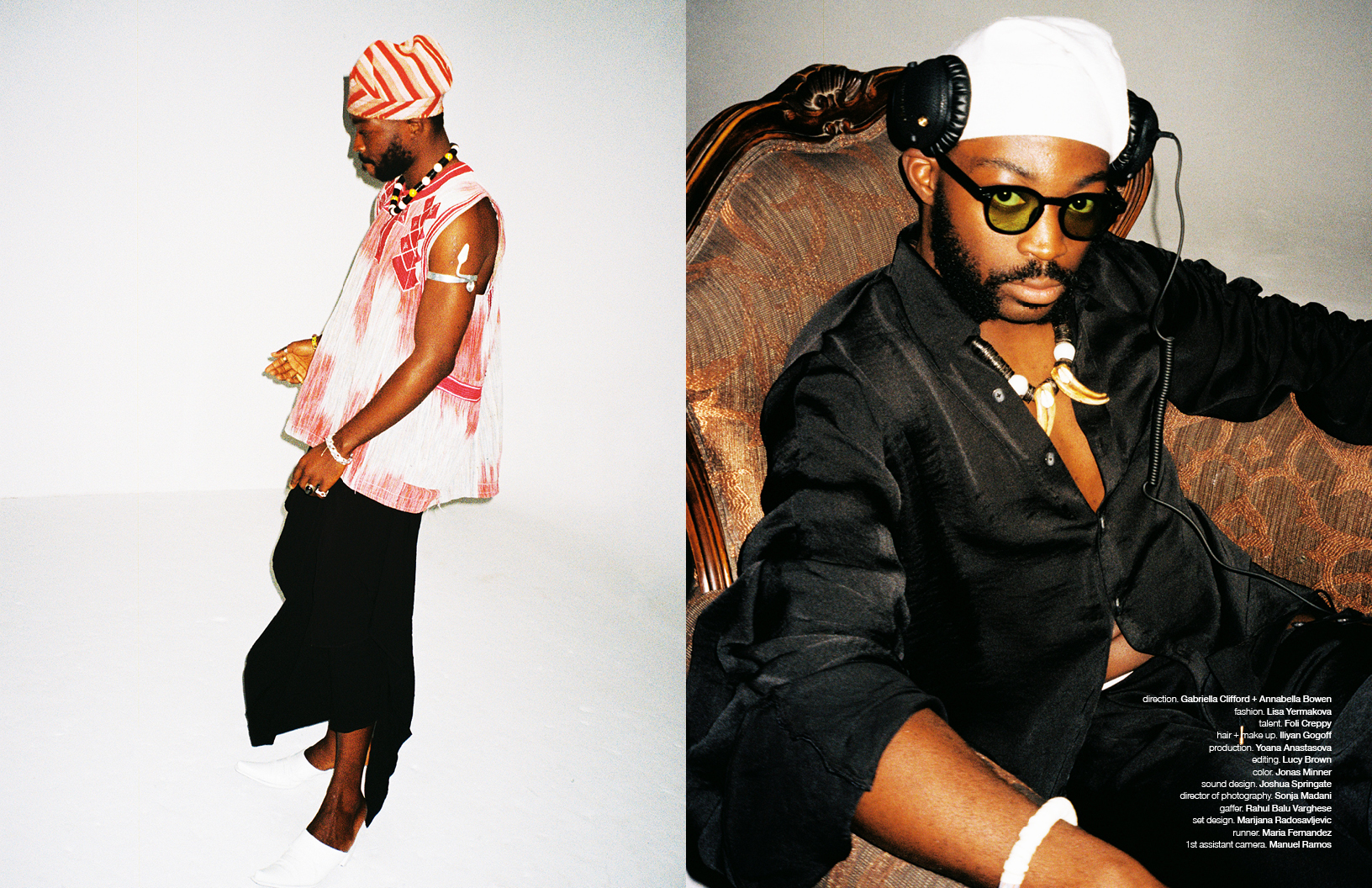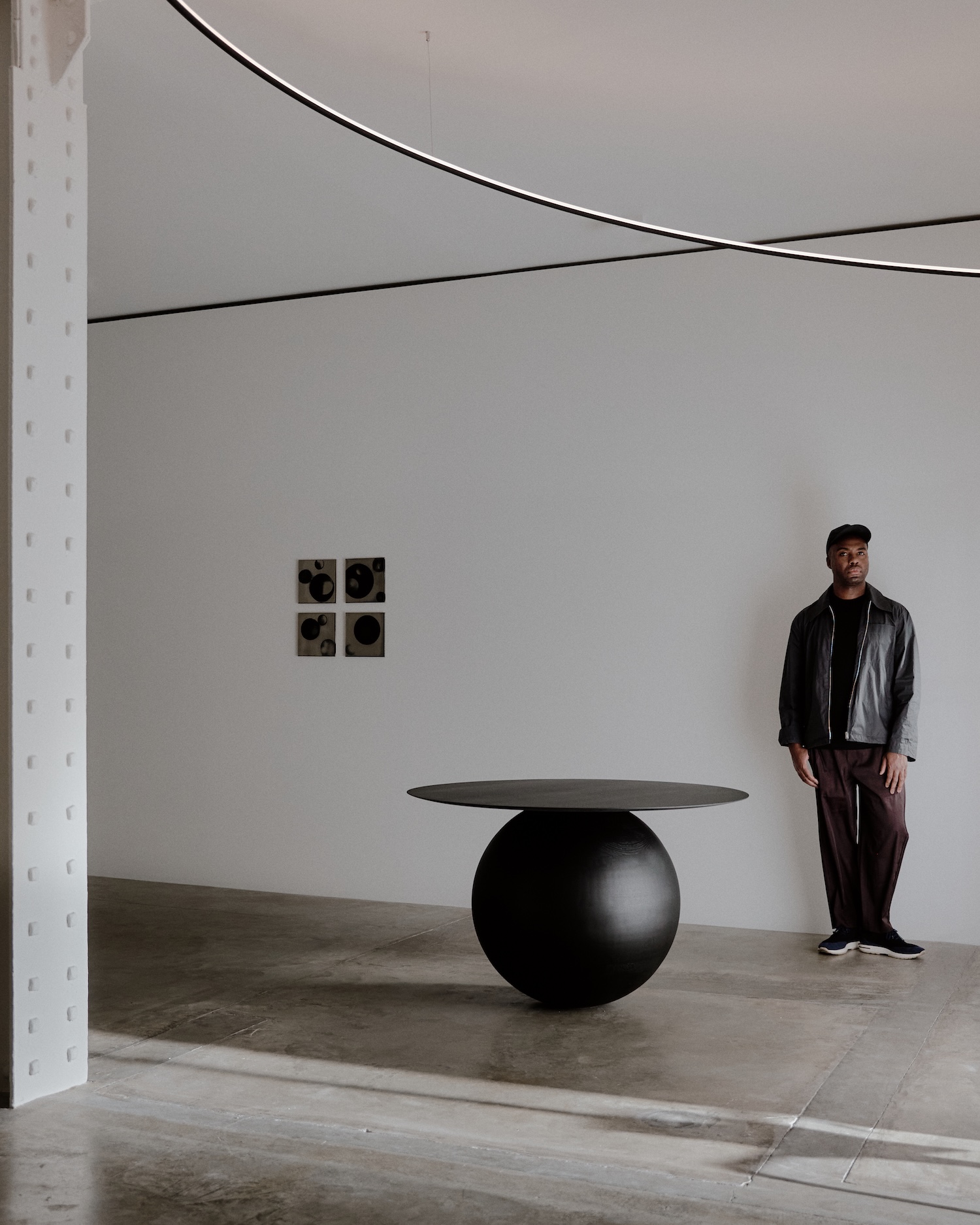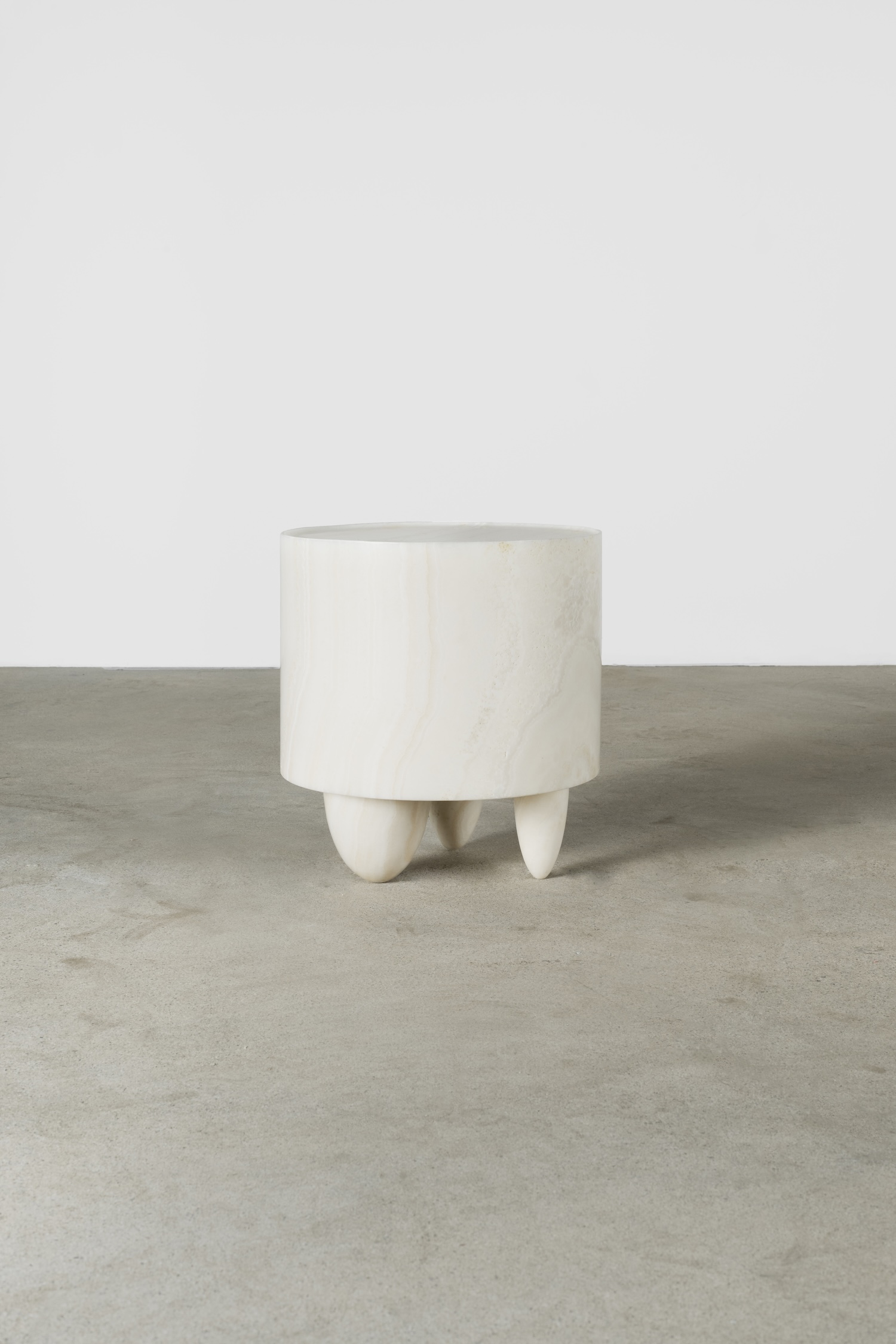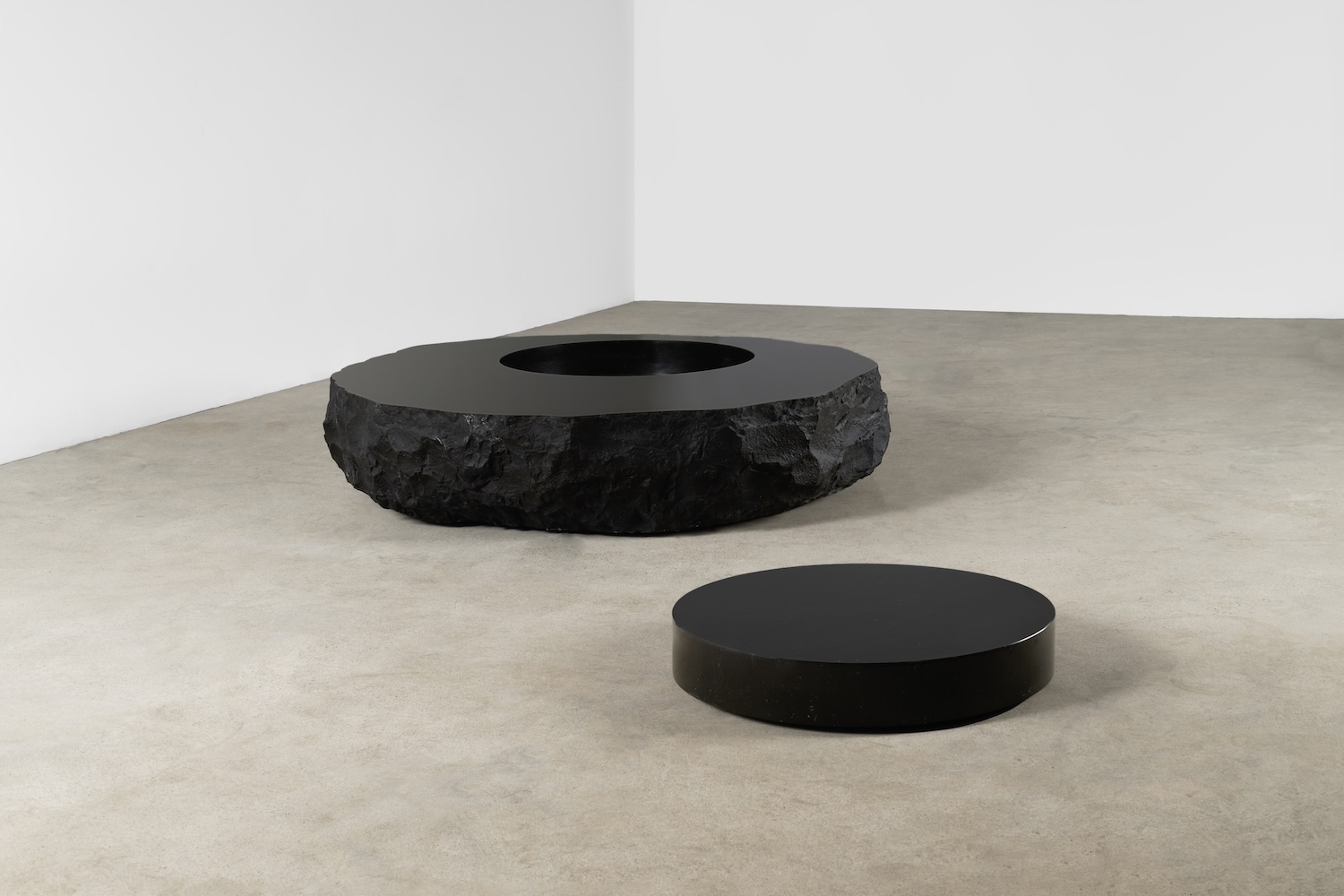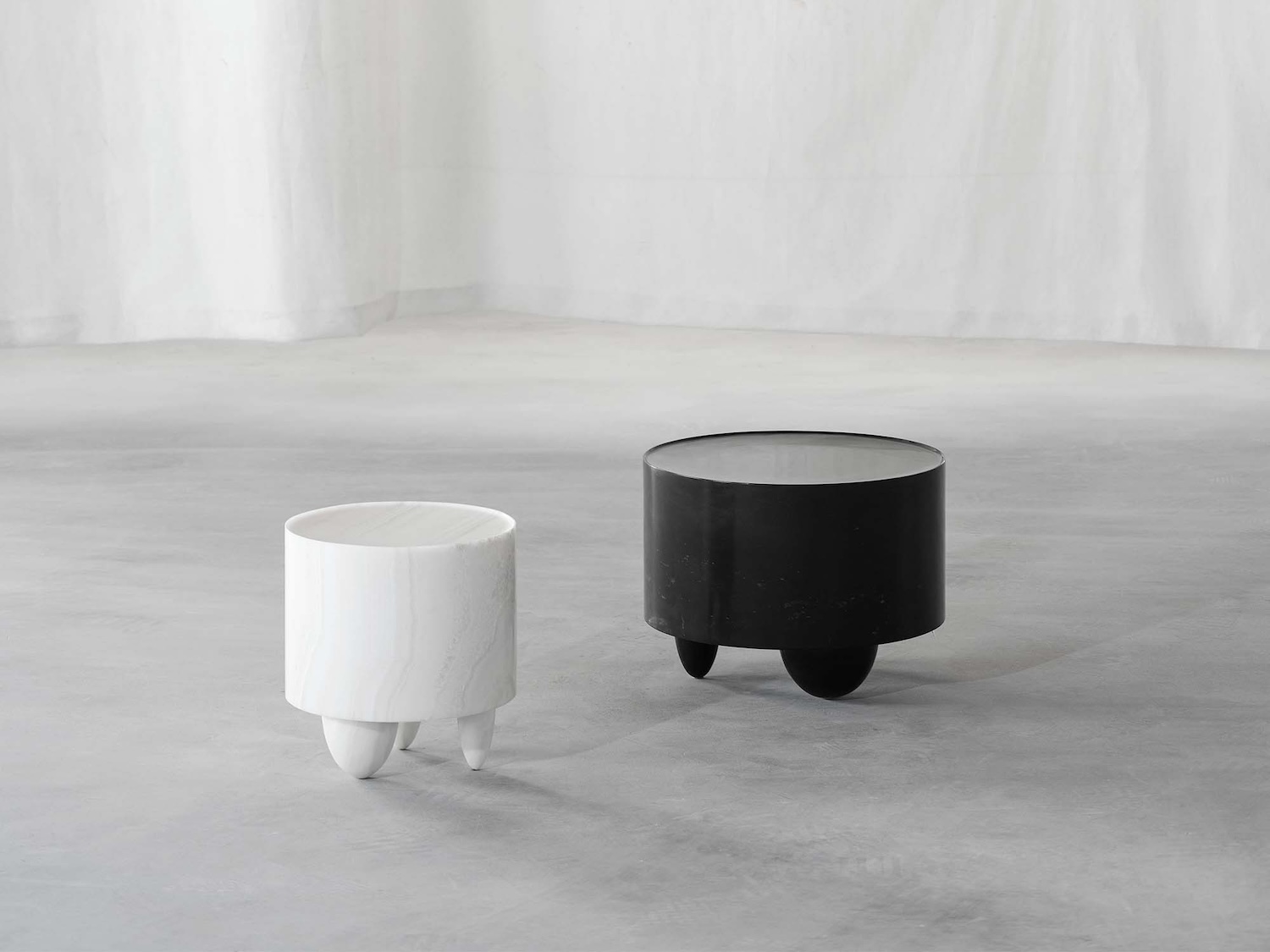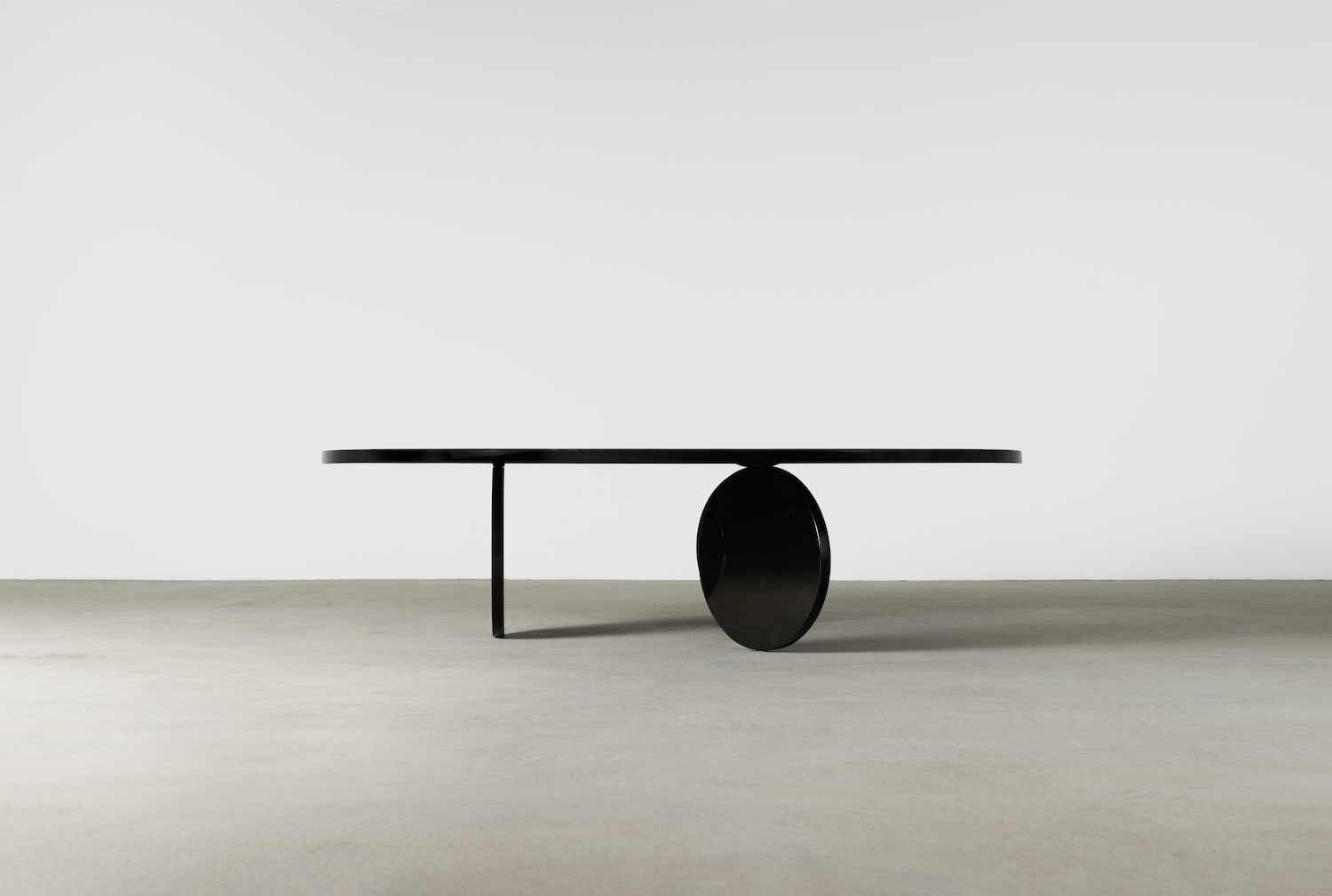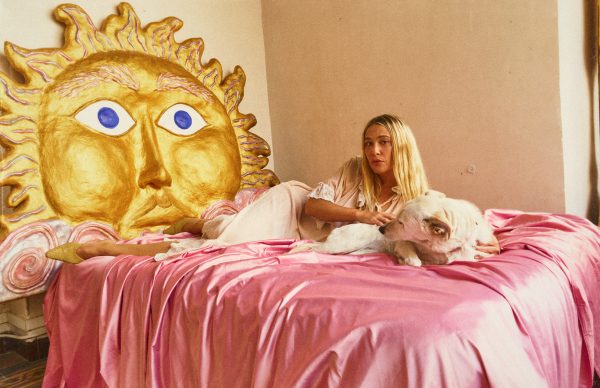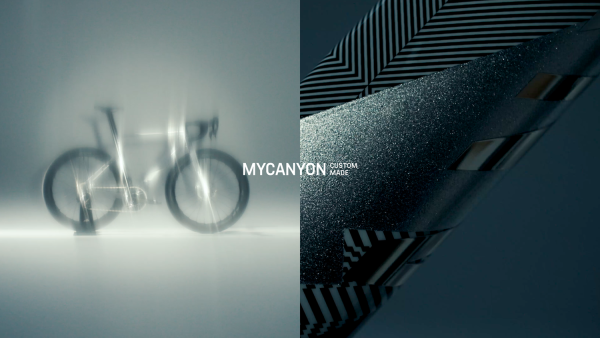
Photography | Matt Alexander/PA Wire.
France, 1805. Barbe Nicole Clicquot Ponsardin is widowed aged only 27. At a time when French women are not allowed to even open a bank account, let alone a business, she takes the reigns as director of her father-in-law’s champagne house and renames it Veuve Clicquot (Widow Clicquot).
United Kingdom, 2023. Londoners have something to celebrate (preferably with a glass of bubby in hand), as the now world-famous Maison Veuve Clicquot brings SOLAIRE CULTURE to Piccadilly Circus. Following Tokyo and Los Angeles, London is the third and final stop for the acclaimed exhibition. A female-only team, headed up by curator Camille Morineau and designer Constance Guisset, takes visitors on an immersive journey, both through the house’s 250-year history and its collaboration with contemporary female artists, including the internationally-renown Yayoi Kusama.

Left | Twist with Madame Clicquot! by Yayoi Kusama; Right | Ghost Guest by Inès Longevial
This year, the champagne house celebrates its 250th anniversary because shipment of its champagne began in 1773, but the story really begins in 1805 with Madame Clicquot. She was known as the grande dame of Champagne for a reason. During her 50 plus year tenure, this audacious and forward-thinking woman transformed the industry, and many of her innovative ideas are standard practice to this day. For example, she created the first vintage champagne. She put an end to the conundrum of cloudy liquids by coming up with the technique of ‘riddling’. She invented the first blended rosé champagne. Rosé had previously been tinted pink using elderberries, but Mdme introduced red grapes to add a differentiation of flavour, as well as colour, and her method is still employed in 95 percent of today’s production.
The intriguing historical gems on display at SOLAIRE CULTURE include a hand-written letter from Madame Clicquot to her cousin, revealing both her optimism and her progressive ideas about a woman’s lot in life, and a bottle from the 1840s, discovered at a shipwreck in the Baltic Sea in 2010 when it was remarkably found to be still drinkable, sparking a rather surprising deep-sea experiment by the champagne house.

Yayoi Kusama x Veuve Clicquot
The exhibition though is not just about looking back. To showcase the house’s heritage of female creativity, nine renowned female artists from around the world have been brought together for the first time and were given carte blanche to create an artwork either inspired by Madame Clicquot and her inventions or the “emotional power of the sun” as a tribute to the iconic yellow label, which was created during her tenure, and is now the emblem of the house.
Yayoi Kusama has reinterpreted a portrait of Madame Clicquot, while Sheila Hicks and Monique Frydman close the show with three dimensional artworks inspired by the soleil yellow. The other artists include Inès Longevial, Cece Philips, Olimpia Zagnoli, Moyoko Anno, Pénélope Bagieu and Rosie McGuinness, spanning disciplines from figurative painting to fashion illustration and more.

Joyful Interlude Ensemble by Sheila Hicks
Visitors can also revel in the results of Veuve Clicquot’s love of beautiful objects, and its collaborations with designers to produce items that enhance the art of living, from the Riva bar made for luxury yachts, to more accessible products available in the exhibition’s boutique, like the mini SMEG fridge champagne box, and everything in between. When displayed together, these little works of art reveal the humour and joyousness that are intrinsic to the brand.

Love Seat by Karim Rashid
 But there’s more… How about dancing under a disco ball while listening to songs about champagne? Why not a reading room where one can explore quotes on Veuve Clicquot from writers as illustrious as Agatha Christie and James Bond creator Ian Fleming? And yes, one must drink, not just see, touch, and hear champagne. Fear not, the Sunny Side Up Café is on hand. Returning to London after its pop-up in Soho last year, the café is serving dishes designed in collaboration with chef Andi Oliver, and inspired by the iconic English Breakfast, accompanied of course with a glass of champagne (or three, if you opt for the tasting menu). While you are there, don’t forget to raise a glass to the marvellous Madame Clicquot.
But there’s more… How about dancing under a disco ball while listening to songs about champagne? Why not a reading room where one can explore quotes on Veuve Clicquot from writers as illustrious as Agatha Christie and James Bond creator Ian Fleming? And yes, one must drink, not just see, touch, and hear champagne. Fear not, the Sunny Side Up Café is on hand. Returning to London after its pop-up in Soho last year, the café is serving dishes designed in collaboration with chef Andi Oliver, and inspired by the iconic English Breakfast, accompanied of course with a glass of champagne (or three, if you opt for the tasting menu). While you are there, don’t forget to raise a glass to the marvellous Madame Clicquot.
 SOLAIRE CULTURE is open to the public until 6th June. For information and tickets, click here.
SOLAIRE CULTURE is open to the public until 6th June. For information and tickets, click here.
images. courtesy of Veuve Clicquot
words. Huma Humayun


